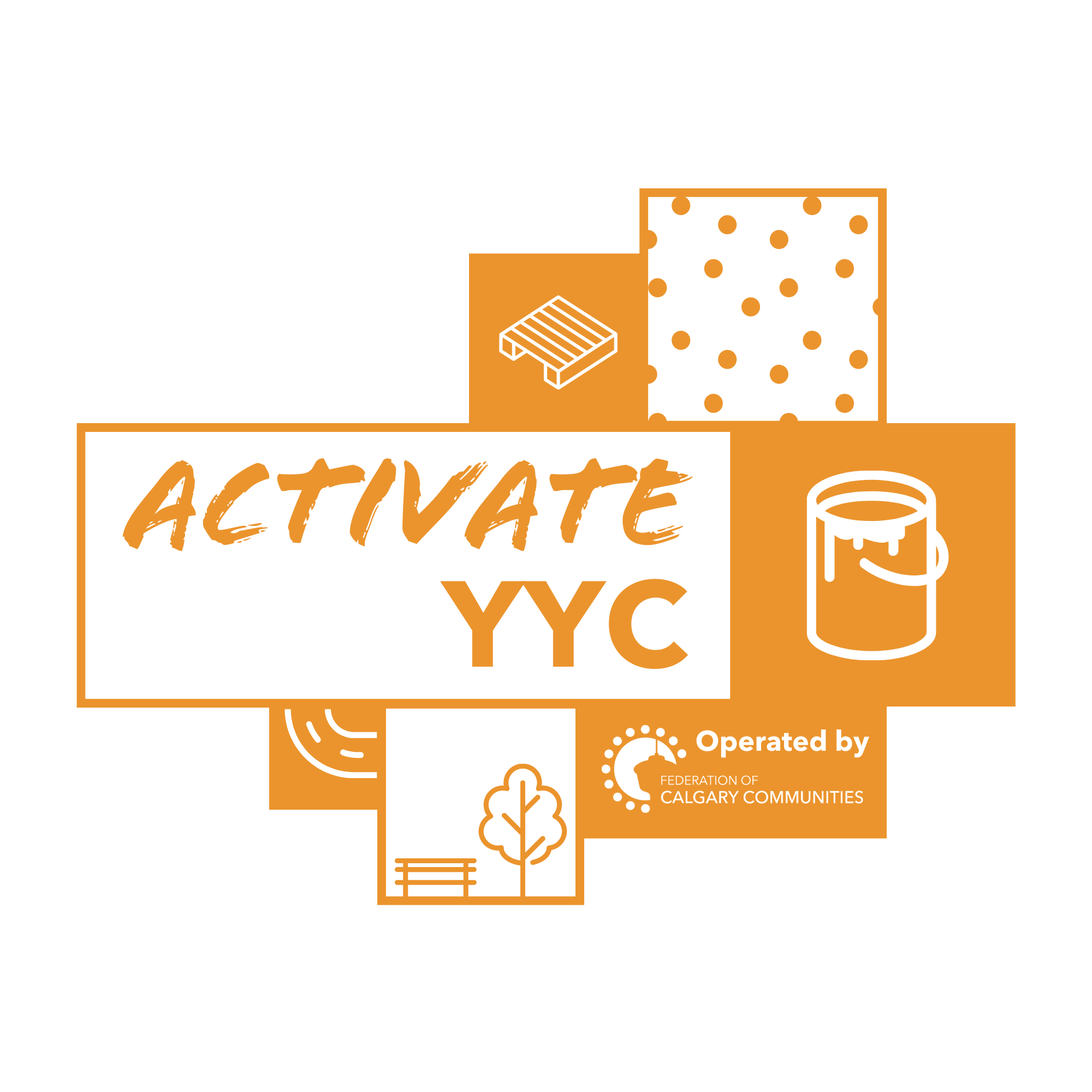By Marin Peake-MacAlister
Do you ever get the feeling that someone is watching you? Some describe it as an eerie feeling with prickles up their spine; others call it a sixth sense. Others, still, claim this feeling to have the effects of deterring crime and improving feelings of safety. As it turns out, that feeling has a name: gaze detection.
What is gaze detection?
Ilan Shrira, a Lake Forest College social psychologist, says that humans have a specialized neural system which has cells that fire when being directly stared at.
This complex neural network is backed up by scientific research that suggests primates evolved the ability in order to detect threats.
However, evolution in humans included the enlargement of our sclerae, better known as the whites of our eyes.
Biologists suggest that humans evolved larger sclerae because of the way we communicate with others – the same reason our complex language capacities evolved.
Shrira says that because a larger sclera means having a gaze that is more easily detected, this could become a liability for many species – namely, predatory ones.
“As a predator, you don’t want others to know you’re staring at them, so a darker, less visible sclera is ideal,” he says. “But human survival has come to depend more on cooperating and coordinating our efforts with other people, so communication skills have become more critical to our survival.”
How does this affect crime rates and feelings of safety?
The presence of a direct gaze – even if it’s artificial or non-realistic – can actually encourage people to be on their best behaviour in public settings.
One study found that “when images of watching eyes are displayed (as compared to control images), people are more reluctant to take an available resource for themselves, more likely to donate their own resources and are less likely to steal or litter.”
To put this to the test, a 2012 study done at Newcastle University installed five signs across three locations on campus that had high rates of bike theft. The signs featured a black-and-white photograph of a pair of eyes along with the text, ‘Cycle Thieves: We Are Watching You’, and the logo of the local police service.
The study found a decrease in bike thefts by 62 per cent, noting that “there can be considerable crime-reduction benefits to engaging the psychology of surveillance, even in the absence of surveillance itself.”
Eyes on the Street in Calgary
In 2017, Tamara Lee spearheaded the Eyes on the Street project in Calgary in partnership with Picolina Productions and the Bow to Bluff initiative.
Originally, the idea was to activate the 2nd Avenue and 9A Street NW intersection in Sunnyside, as well as the adjacent pocket park known as Bow to Bluff Corridor.
The intent of the project was to slow vehicular traffic, increase the safety and comfort of pedestrians, lower crime and attract visitors to the public art installation, which would, in turn, increase the actual eyes on the street.
This would be done by painting the crosswalks and some panels of the transit fence with large character eyes inspired by googly eye art installations done by Luke Egan, also known as Filthy Luker.
Painting a public mural is, however, no easy feat. There are many considerations to take into account, such as funding, permits and public reception.
To tackle the first challenge, Lee and collaborators reached out to the then brand new grant program at the Federation of Calgary Communities, ActivateYYC.
Obtaining permits requires a lot of collaboration with the City of Calgary. However, the funding from the ActivateYYC grant covered the cost associated with permitting as well as paint, painting materials and safety materials including vests and pylons.
All of this combined allowed for a successful project that became a neighbourhood hit, with some residents even suggesting that the organizers upsize the project to paint the entire fence.
ActivateYYC encourages residents of all communities to look at unique ways to incorporate tactical urbanism into their neighbourhoods to increase public wellbeing, just like residents of Sunnyside achieved with their Eyes on the Streets project.
